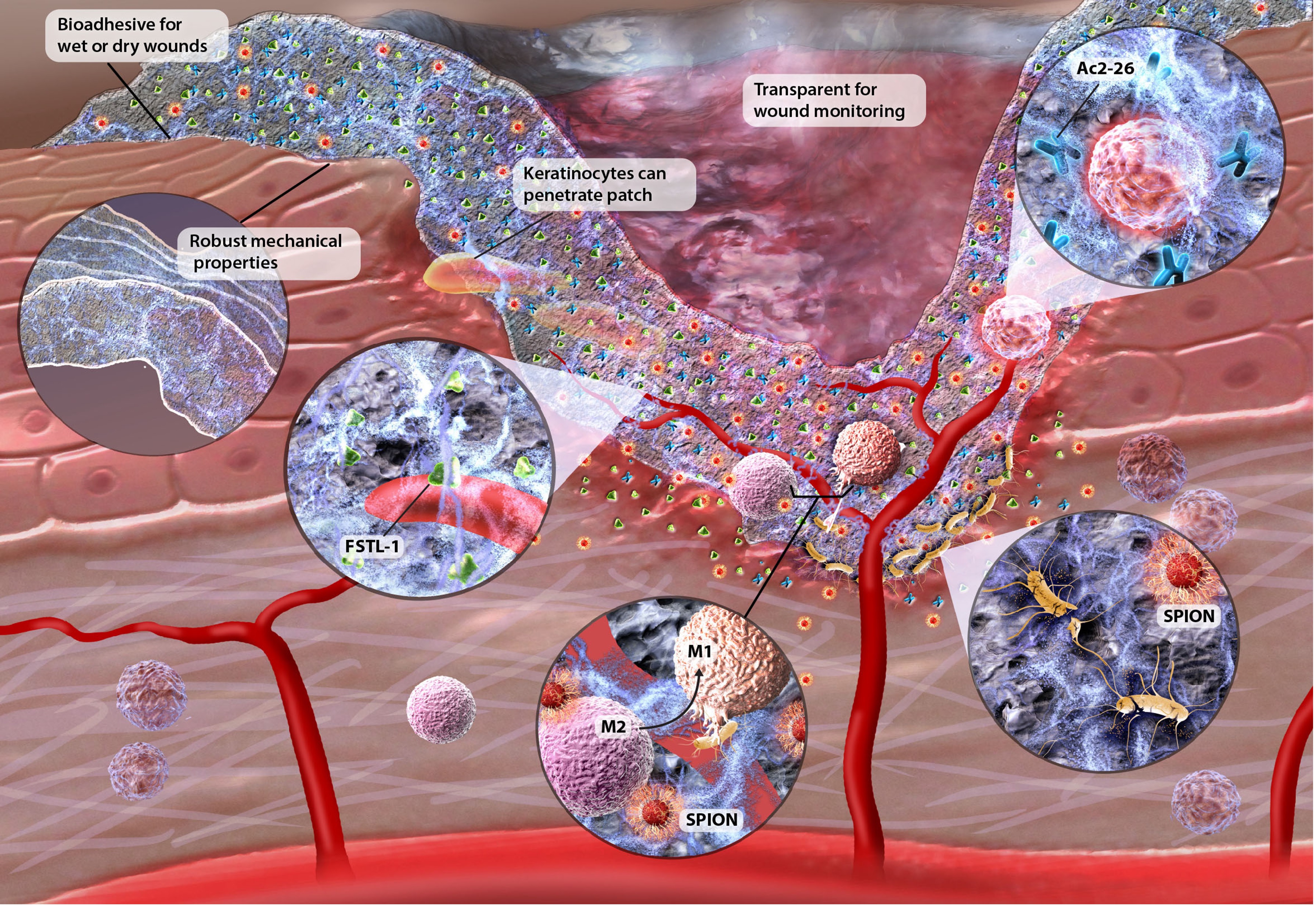
A Spartan-led team is developing an inexpensive biopolymer dressing to heal injuries like diabetic foot ulcers that affect millions of patients all over the world.
Tens of millions of patients around the world suffer from persistent and potentially life-threatening wounds. These chronic wounds, which are also a leading cause of amputation, have treatments, but the cost of existing wound dressings can prevent them from reaching people in need.
Now, a Michigan State University researcher is leading an international team of scientists to develop a low-cost, practical biopolymer dressing that helps heal these wounds.
“The existing efficient technologies are far too expensive for most health care systems, greatly limiting their use in a timely manner,” said Morteza Mahmoudi, an as...
Read More








Recent Comments